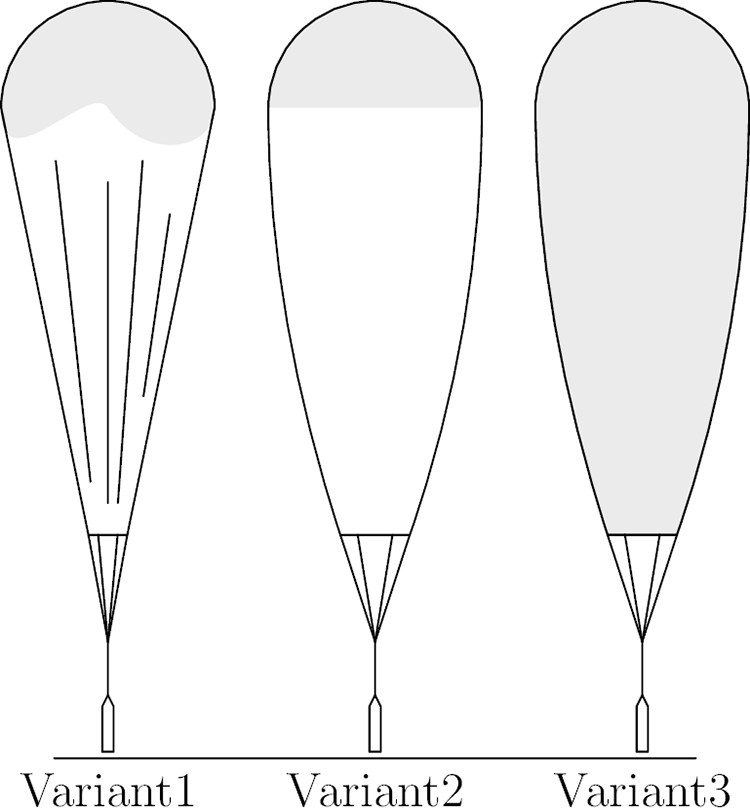Recent research: steam balloon to facilitate satellite launches

Launching satellites to orbit becomes easier if the booster rocket is first lifted to high altitude where the air is thin. Indeed, small rockets have been sometimes launched from an aircraft or a balloon. However, using hydrogen or helium balloons has its drawbacks, because hydrogen is flammable while helium is expensive.
In a recent study, scientists working at the Finnish Meteorological Institute propose to use hot steam as the lifting gas.
"The balloon is filled by hot steam on ground and released. As the balloon ascends, part of the water vapour condenses. The condensation releases a lot of latent heat, which slows down the cooling and helps maintain the remaining vapour in gaseous state," says the lead author Pekka Janhunen. "After reaching sufficiently high altitude, the rocket is released, it ignites and flies into space. The balloon is emptied of vapour, it descends and may be collected for reuse."
The study presents a computer model to simulate the ascent of a steam balloon and the associated cooling of the steam up to 18 kilometre altitude. The weight of the carried rocket can vary, but could be for example 10 tonnes, which is enough to launch a satellite of a few hundred kilogram mass. Besides rockets, the steam balloon could be used to lift anything into the stratosphere, and the method is safe and inexpensive at least on paper.

Picture: During ascent the ambient pressure decreases and consequently the gases expand. If the balloon is filled by steam partially (Variant 1), the expanding steam eventually fills the balloon. If the lower part is filled by hot air (Variant 2), extra air flows out from the bottom during the ascent. If the balloon is filled by steam entirely (Variant 3), the exiting gas is steam.
Further information:
Pekka Janhunen, Research Manager, Finnish Meteorological Institute, +358-29-539-4635, pekka.janhunen@fmi.fi
A preprint of the study published in The Aeronautical Journal is available at https://arxiv.org/abs/1803.03111.
Reference to the article: Janhunen, P., P. Toivanen and K. Ruosteenoja, Steam balloon concept for lifting rocket to launch altitude, The Aeronautical Journal, 123, 600-616, 2019. http://doi.org/10.1017/aer.2019.10, https://arxiv.org/abs/1803.03111
